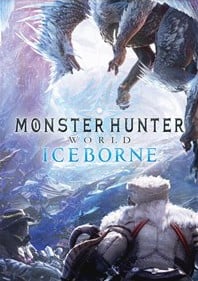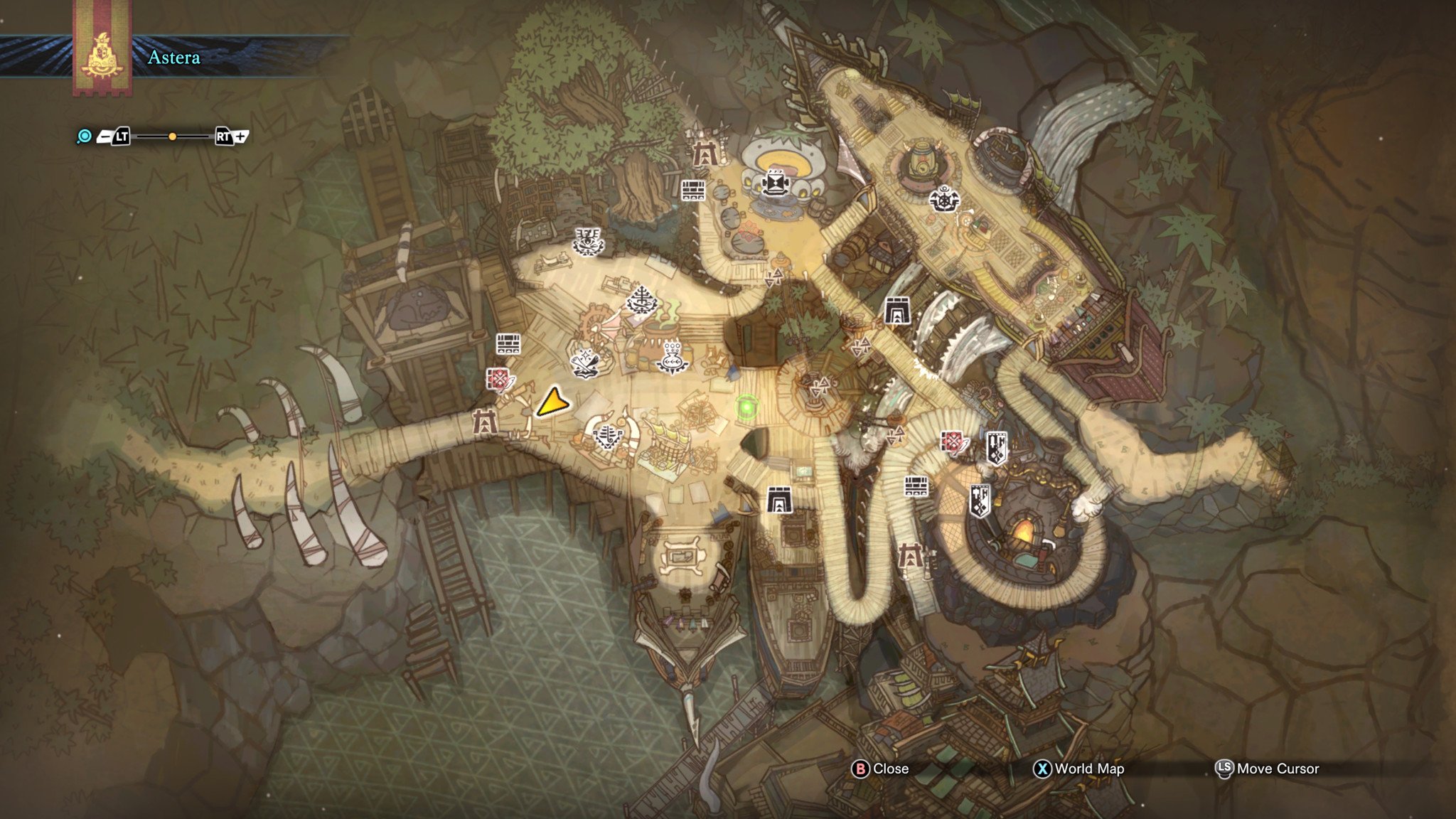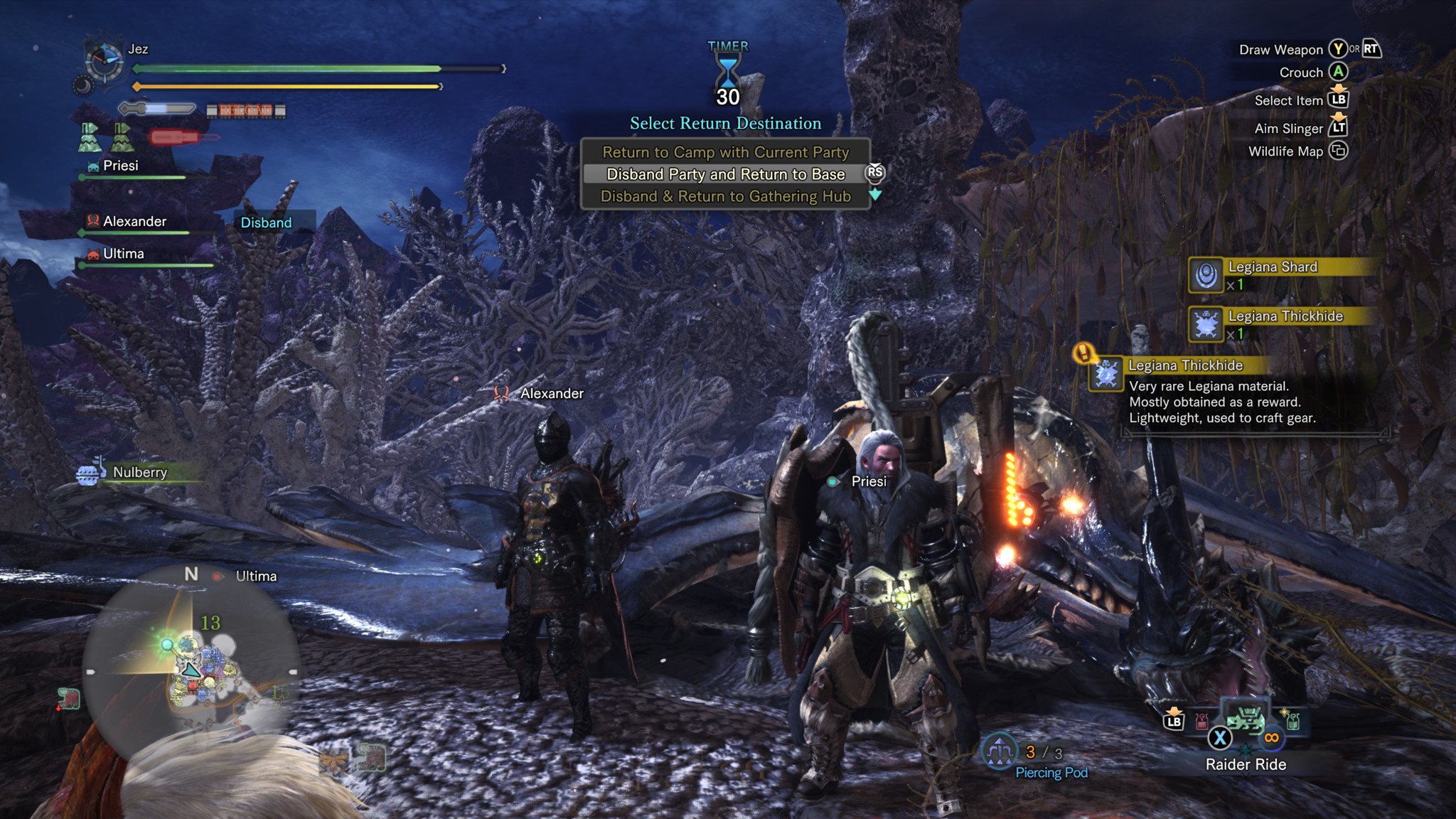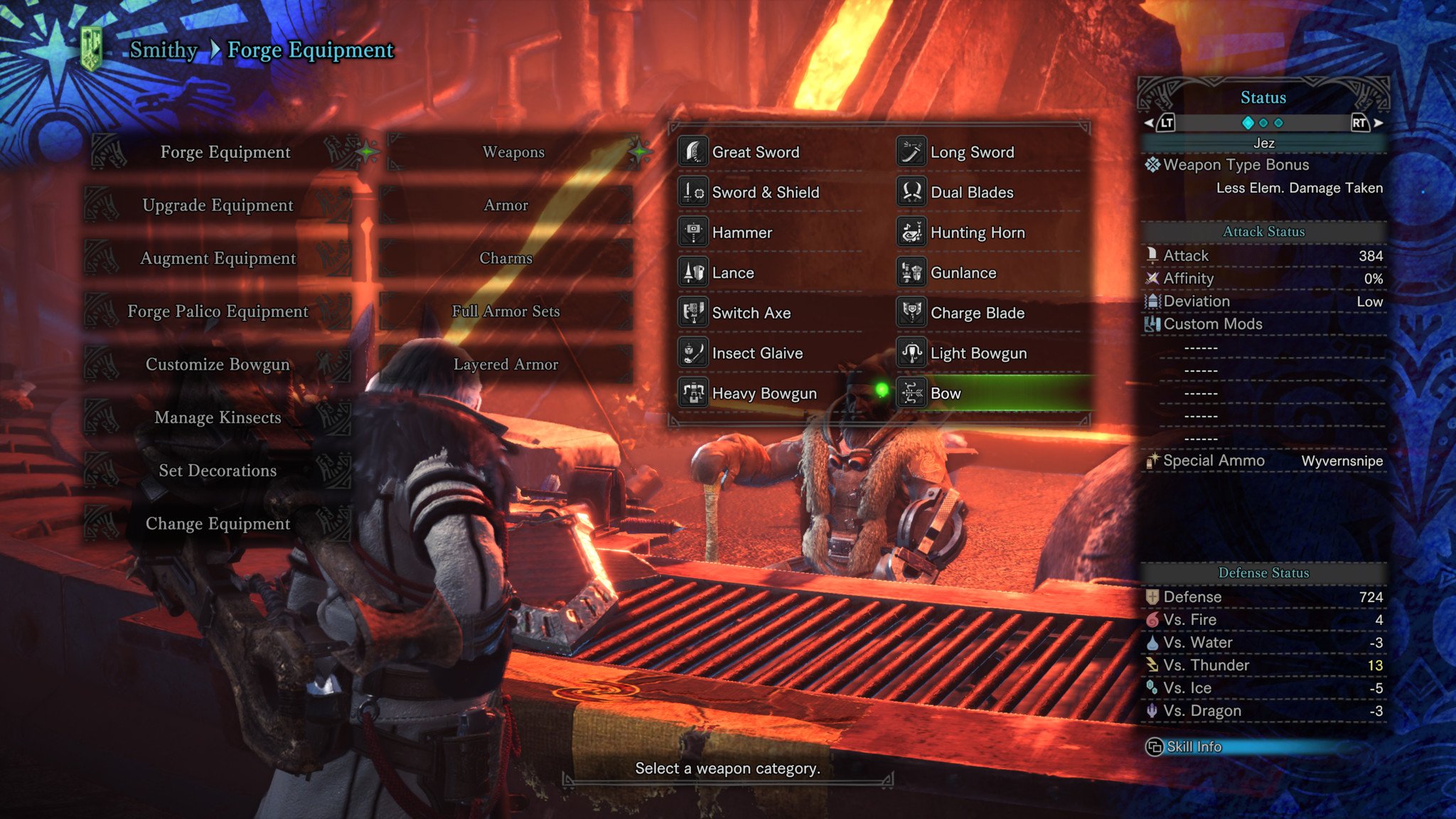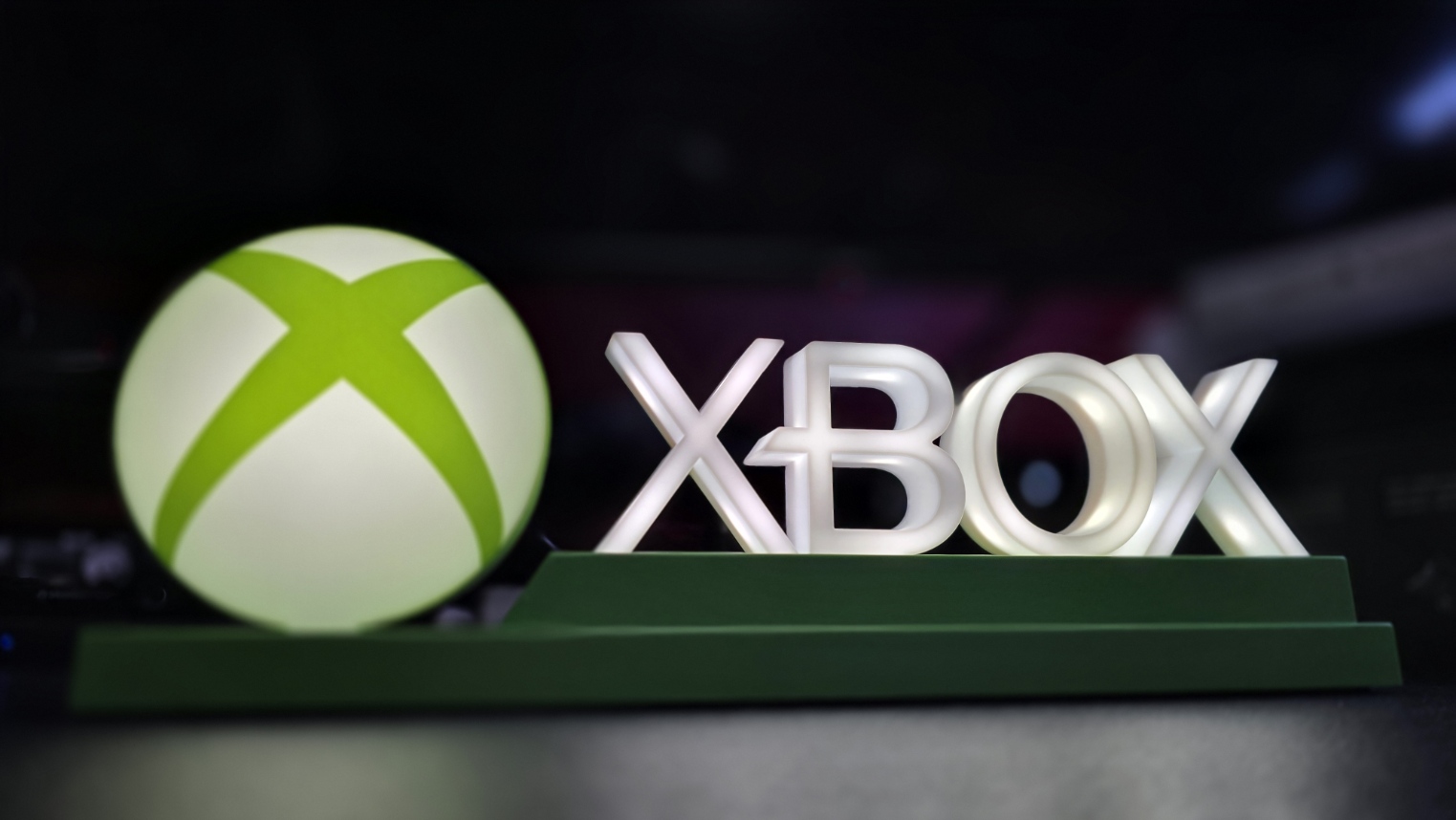Monster Hunter: World ultimate beginner's guide — How to get into this massive RPG
Monster Hunter World is a ridiculously deep game with a steep learning curve. However, once you get over that initial shock and awe, it's one of the most rewarding games out there. Here's how to quickly get started.

Monster Hunter World is one of those games that, for many, is a love/hate affair. The game's fanbase is among the most passionate out there, following 15 years of core games, spin-offs, and soon, a feature film. Some people find its menus and systems to be overly convoluted and unintuitive. Others find them to be deep and rewardingly complex. Monster Hunter is a franchise all about overcoming adversity, after all, as you lock blades with gigantic creatures of all shapes and sizes. Unfortunately, this often extends to overcoming learning some of its most basic systems essential for survival in this dangerous "New World."
Here are some tips and resources either for getting yourself or a friend into Monster Hunter World. It's a game that has become, quite honestly, one of my favorite games of all time.
The Anatomy of Monster Hunter
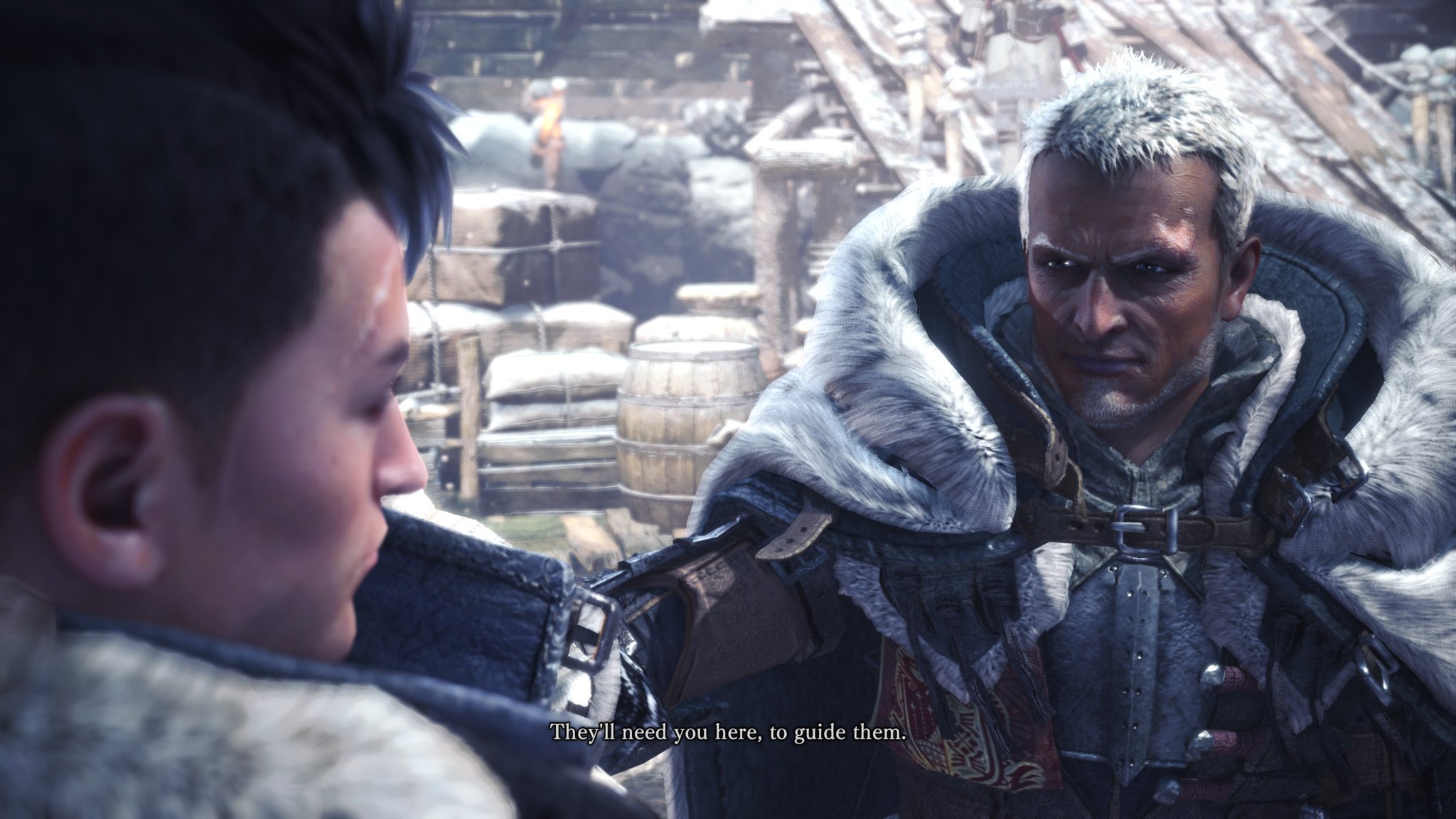
Monster Hunter World is often not a "pick-up-and-play" game unless you're a veteran or have someone guiding you. It took me a fair while to get into it, but now, I just can't put it down.
Monster Hunter, at its absolute core, is a boss-oriented RPG, with extremely deep playstyle customization, weapon options, and monster variety. Each fight requires different tactics, and occasionally different items and gear. Obtaining the perfect build and loadout for each encounter forms the basis of Monster Hunter's addictive gameplay loop, alongside over a dozen weapon types each equipped with their own unique playstyles and specifications. The fun comes from drilling down into perfecting your build and defeating some of the game's most potent threats.
Capcom has supported Monster Hunter incredibly well since launch, adding new monsters to fight, new gear to obtain, and beyond. Most of the content has been free, but the new Iceborne expansion is almost sequel-size in the content it adds.
Before you jump into the new stuff in Iceborne, though, the trick to genuinely getting into Monster Hunter World is familiarizing yourself with its less-than-accessible menus. They diverge from the typical systems found in other similar games. There are so many features in Monster Hunter World that I'm still finding new stuff after 300 hours played.
Starting out: What to know first
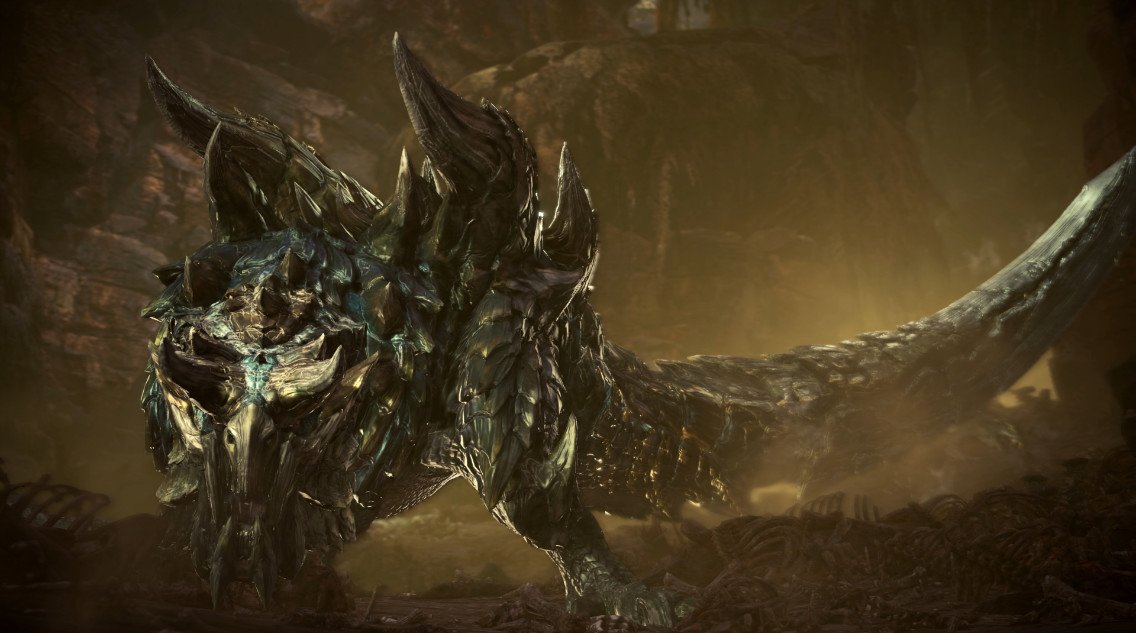
Once you have made your character, the game will drive you forward through a pretty confusing range of tutorials and missions. Most games tend to explain things through gameplay, but there's so much to learn in Monster Hunter World, Capcom opted for text-heavy tutorial cards instead. You may have the urge to skip through these messages, don't. Try and read them; even make notes if you feel you need to. The information in these tutorial cards is invaluable and essential to becoming a successful hunter.
All the latest news, reviews, and guides for Windows and Xbox diehards.
Before we get to your first hunt, learning the menu systems and local facilities for quests will help you get to grips with the game more quickly than plunging headfirst into your first Jagras-slaying quest.
Mastering menus
One of the most significant barriers for newcomers to Monster Hunter World is its multitudinous menus. They list a vast array of features and systems — some crucial, some more flavorful. There's simply a dizzying amount of things to do and track in Monster Hunter World. And I'm not quite sure how else Capcom could have crammed everything into a single menu list. It's daunting at first glance, but learning what you need, and where to find it, is crucial to getting into the game.
Pressing the menu button will bring up an overlay, giving you access to various menus and systems. Pressing the shoulder buttons will let you navigate left and right across the submenus, and then the d-pad enables you to select the menu system you need.
- The Items and Equipment menu, which loads up first is arguably the most important. Here you can customize your item loadouts, craft potions from materials gathered in the field, and customize your radial menu, which we'll go over in the monster battle section below.
- It's important to note that this isn't a pause menu, you cannot pause gameplay in Monster Hunter World.
- Explore the other tabs. Some of them contain social features and additional useful information, as well as system options well worth exploring. While writing this guide, I discovered new features I didn't even know were there after 300 hours of play, that's how much stuff is hiding around here.
When starting, you only really need to know about the Items and Equipment tab, which is also offered in a tutorial in-game as well. It's not long after booting up that you'll be asked to go on your first hunt, which is really where the core gameplay loop exists. Follow the quests as they come.
Astera facilities
The main base in the game is called Astera, and later you'll move to Seliana if you've unlocked the Iceborne expansion. You unlock different facilities as you play through the early levels, but learning where everything is will help you get to grips with the gameplay flow. Each area has a quest board for quick access to your next mission.
- 1F offers vendors for buying consumables, tools, and ammo, alongside research NPCs that will give you material-farming investigation quests, and another that will unlock monster information for you as you research them. Later, you also get a garden here that will let you grow plants used in potions and the like.
- 2F has the blacksmith where you craft gear and get your upgrades, as well as the canteen which gives you food buffs for missions (along with a whole other system I'm still not entirely sure how to use myself, despite 300 hours played).
- Your house offers various facilities, and is accessible from every floor in Astera. Here you can change cosmetics, play around with gear in the Training Area, and place trophies and customize the decor, just for fun.
- Gathering hub is an area shared by players in the session. It contains all of the regular facilities of Astera, along with some fun extras such as PvP arm wrestling.
You can travel around quickly in Astera using the chain elevators found around the base. It's confusing to navigate at first, so keep consulting your map via the view key if you get lost.
Before you hunt
Monster Hunter combat revolves around learning your chosen weapon, in addition to learning the attack patterns and weaknesses of your target. The first time you play, Monster Hunter World comes across as clunky and awkward for some, but this couldn't be further from the truth. The game is designed to reward you for learning the ins-and-outs of combat, and all of its nuances. When you do, there isn't an RPG experience that even comes close to being as satisfying.
There are 14 weapon types in Monster Hunter World, each with unique combos, capabilities, and nuances to learn. The absolute best way to learn your weapon of choice is to watch one of Arekkz Gaming's Weapon Workshop tutorials on YouTube. The playlist features the basics of every single Monster Hunter World weapon. I find that it's in a format that is quite a bit easier to grasp than the in-game tutorials found in the weapon training area. Each and every weapon is viable, and have their strengths and weaknesses, go for the one you like the look of the most.
Related: Arekkz Gaming Monster Hunter weaponry guides
Monster Hunter battles typically start at the quest board, or via the Handler NPC. Assignments are story-based quests that push you forward to new challenges, optional missions grant additional rewards and tools that aren't completely necessary for play, but ideal if you want to play optimally. Investigations are randomly-generated quests you can "equip" via the Info > Resource Center menu to help you grind materials you need for upgrades at the Blacksmith. And finally, events and special assignments are usually time-limited fun quests Capcom includes into the game as part of the live service.
Each Assignment mission drives the story forward, and introduces you to new monsters, and unlocks new weapons and armor at the Blacksmith. Upgrading your weapons and armor regularly is critical to staying alive as you get to the upper levels. The "skills" on gear are arguably less important while leveling up when compared to defense rating, which directly counteracts a monster's ability to one-hit-kill you. After every hunt, head back to the Blacksmith, see what weapons and armor you can upgrade, and keep track of the materials and monsters you need to kill to do so.
Mastering monster hunts
Monster Hunter combat is all about knowing when to attack, and when to play defensively, for the most part. Monsters have various attack patterns that occur semi-randomly, or during particular moments. Monsters get "enraged," denoted by a red eye on their icon on the minimap, which grants them increased attack speed and damage. During these moments, it's perhaps best to play defensively, rolling and dodging (or blocking, if you're a shield user). When you attack, you should be focusing on your quicker attacks rather than your big-hit combos. During these instances, making sure you have enough stamina to roll away at a crucial moment is essential, particularly so for heavy stamina-using weapons like Bows.
At the most basic level, the best times to unload on the monster is when they're stunned, tripped, or trapped. Expert players will learn the ins-and-outs of each monster attack, their recovery frames, and the speed of their attacks to weave in more damage between monster assaults.
There are also environmental considerations. Some trees can be felled to produce vine traps that ensnare monsters, while other areas offer collapsable terrain that deals additional damage to monsters. There are far too many options to list out here; your best bet is to jump in, experiment, and don't worry too much if you die a few times. You can always upgrade, research monster weaknesses and strategies in your Hunter Notes, by collecting tracks out in the field and then by talking to the monster researchers in your base. It's also worth doing the Clutch Claw optional quest. It will explain other ways you can use the Clutch Claw weapon to stun monsters to create openings.
As you ascend in ranks, upgrading the defense rating on your gear is essential to staying alive. Higher-level play is more about seeking out the best armor skills for your class, so focus on staying alive in the early game.
Mastering multiplayer
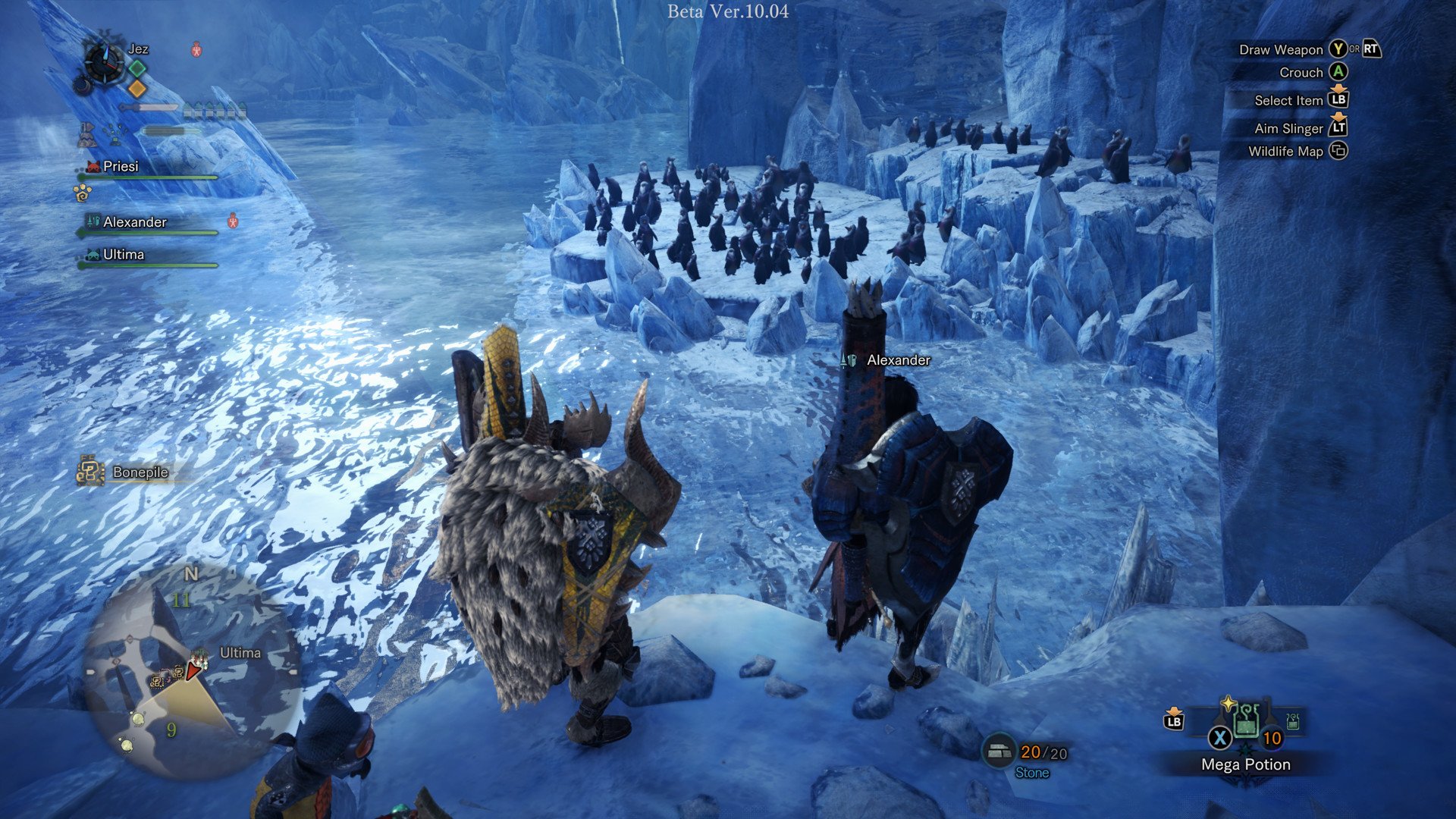
Another barrier to play in Monster Hunter World is the convoluted multiplayer systems. Multiplayer in Monster Hunter World is session-based, hosted by a player. If you invite someone to your game via the game menu, such as via Xbox Live, they'll appear in your session, and can join you on quests. Playing together through the story, however, isn't as straightforward.
Assignment story missions can be played co-operatively for up to four players, but the cutscene system only allows for one player at any one time. Once you have viewed the cutscene, that hunt effectively becomes unlocked, and the cutscene goes into your cutscene gallery if you want to see it again (from the launch menu). Once you have viewed the cutscenes in missions that require them, players in your session can join your quest via the quest board, by going to "Join Quest." You can also fire an SOS flare via the in-game menu to invite random players to join in and help. Players in your session will see "Player as posted a quest" on the board when you're all ready to eat at the canteen and queue up.
Additionally, through the Gathering Hub area in Astera or Seliana, an NPC will let you create a dedicated squad for teams of players who play regularly together. This can make it quicker to jump into co-op. It seems a bit buggy in Iceborne as of writing, still requiring players to be invited via Xbox Live or other top-level network systems.
Iceborne and beyond
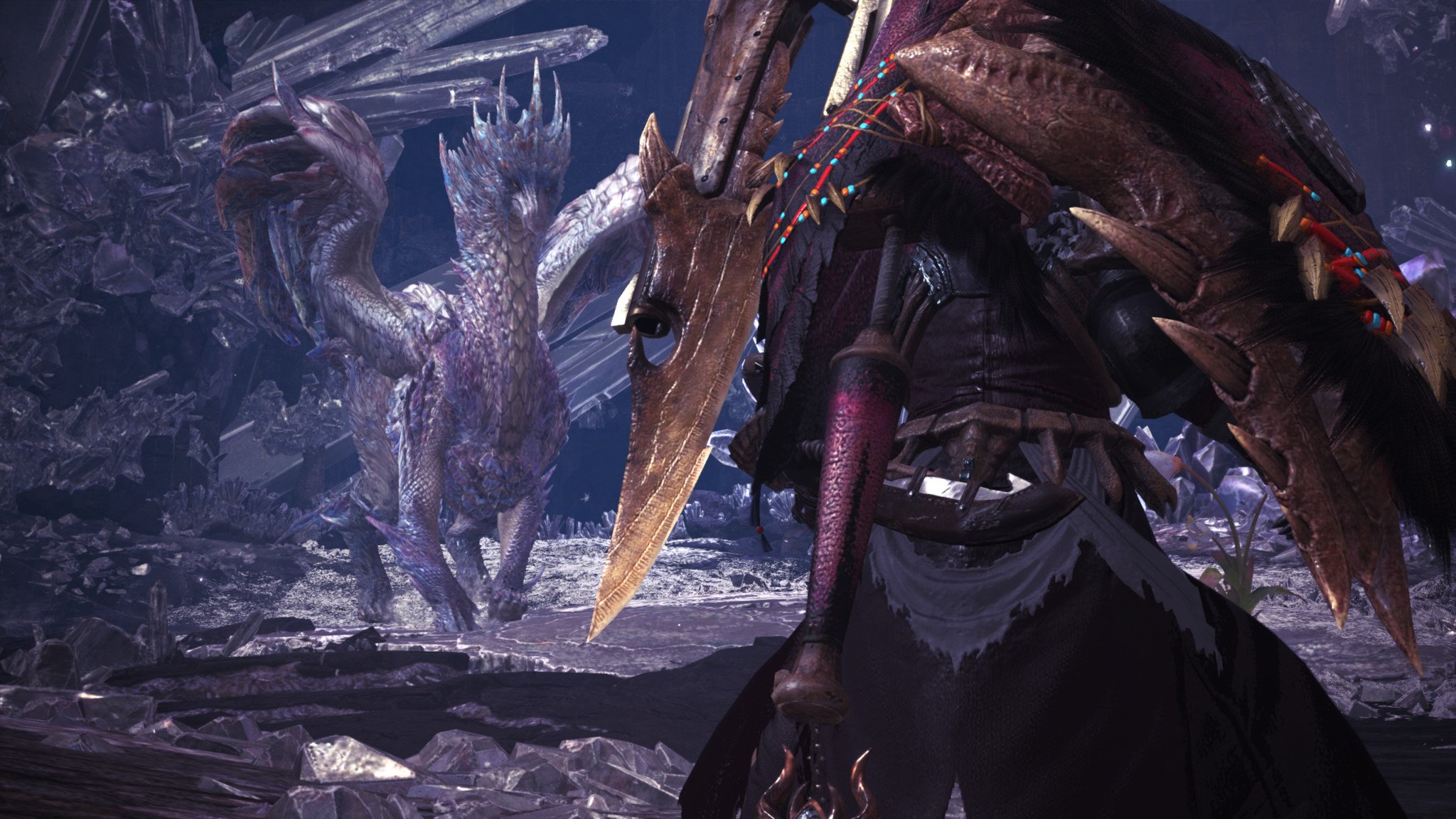
With the Iceborne expansion, the previous end-game has been overwritten with a whole new huge area to explore, new monsters to kill, and a whole new end-game to grind out. Additionally, Iceborne adds a ton of new features and systems into the mix, which we've covered in some separate guides below.
- Beginner's tips for Monster Hunter World Iceborne
- List of Monster Hunter World Iceborne monsters
- List of new armor in Monster Hunter World Iceborne
- List of Monster Hunter World Iceborne weapon updates
- List of Monster Hunter World Iceborne changes
So much more
There's a ton of stuff in the game I haven't covered, such as tracking monsters, researching monsters, fishing, cooking, and even the photography mini-game. There's so much to do and indulge in Monster Hunter World, that I could quite quickly expand this guide out to around 10,000 words. This is all about giving you a basic overview of how to dig in and begin to unpack this wildly huge game, getting to grips with the awesomeness.
If there's anything, in particular, you'd like to see covered in more detail, let me know in the comments. Let the hunting begin.

Jez Corden is the Executive Editor at Windows Central, focusing primarily on all things Xbox and gaming. Jez is known for breaking exclusive news and analysis as relates to the Microsoft ecosystem while being powered by tea. Follow on Twitter (X) and tune in to the XB2 Podcast, all about, you guessed it, Xbox!
